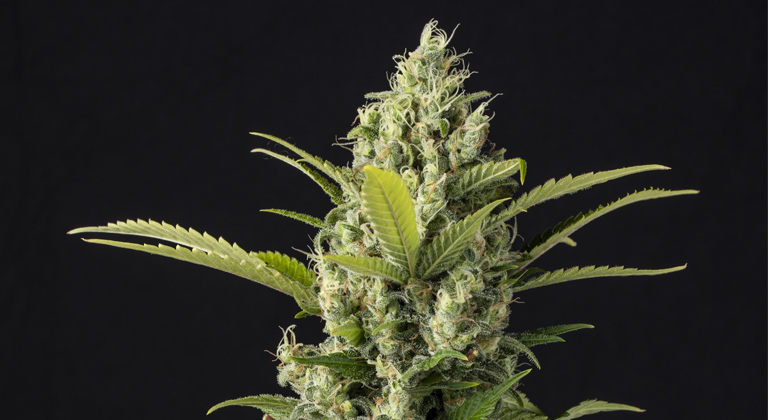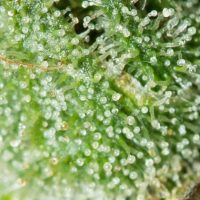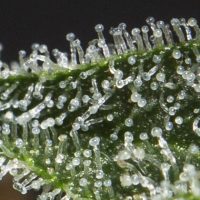The Origins of the Terms Indica and Sativa to Refer to Cannabis
Any consumer who’s had even the slightest exposure to the cannabis universe will have heard of the classification of cannabis strains as indica or sativa more than once. As a matter of fact, this classification takes root in the origin of the so-called Landrace cannabis strains, and it’s necessary to look back a few decades to understand its true meaning.
It is known that the cannabis plant is originally from the Himalayas, from where it spread to various parts of the world. Landrace cannabis strains are those that were domesticated by humans in regions where traditional cannabis cultivation was being practiced long before the emergence of the modern market (Colombia, Mexico, Thailand, Afghanistan, Pakistan…).
These strains adapted to the environmental conditions of each region and, for that reason, modified their original morphology and composition in order to survive different environmental challenges, as well as those pests and predators unique to each area. That’s how indica and sativa strains were born.
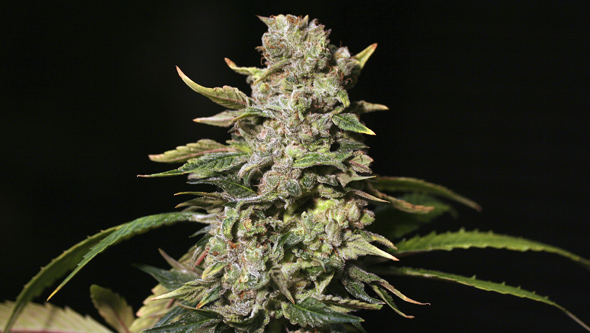
Characteristics of Indica and Sativa Cannabis Plants
As we just mentioned, the adaptation of these Landrace cannabis strains to their environment gave rise to the indica and sativa varieties, with their own set of distinctive features:
- Indica cannabis strains: these strains were cultivated at high altitudes on the slopes of valleys in Afghanistan and Pakistan. Therefore, their morphology adapted to the arid climate and gusty winds. Indicas are short and squat plants, with a thick stem and lateral branching that grows profusely, bestowing them with a conical appearance. Their internodal spacing is short; their leaves are dark green, with broad leaflets; and their buds are tight, quite round, and bursting with resin. Indicas have a short flowering period and deliver a sedative, narcotic, and physically relaxing effect.
- Sativa cannabis strains: Sativa cannabis genetics adapted to humid and hot climates, in places like Jamaica or Colombia. They’re larger plants with wide internodes and lighter green leaves with thinner leaflets. The buds aren’t as tight as in the case of indica strains and, in general, the plant has a structure designed for good ventilation to prevent the appearance of fungi. Sativa strains are varieties with very long flowering periods which deliver invigorating, cerebral, and powerful effects that promote creativity.
Why have the terms indica and sativa become obsolete for the classification of cannabis?
For decades, cannabis strains were classified as indica or sativa according to the specific characteristics we just mentioned. However, the creation of cannabis hybrids, which began in the 70s in the United States and exploded in Holland in the 80s, marked the beginning of the end of this classification. Breeders began to cross indica and sativa strains in order to combine the best traits of both worlds.
Today, after years of evolution in the cannabis industry, we can find cannabis seeds that can no longer be appropriately classified as “indica” or “sativa”; because, after generations of hybridization, they display extremely varied and mixed traits in comparison to their ancestors.
Those Landrace varieties that had very specific characteristics, designed to survive in specific climates, don’t match up with the cannabis strains found in the modern market: CBD seeds, feminized seeds, autoflowering seeds, CBG seeds… The range of possibilities available today is immense!
There’s a wide variety of genotypes aimed at meeting more specific needs. Therefore, a revision of the terms indica and sativa and a new more detailed classification system is necessary.
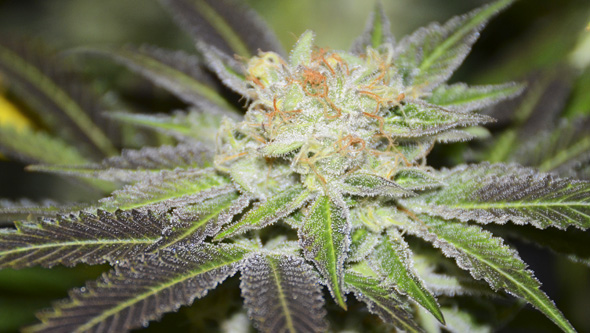
Indica or Sativa Effects of Cannabis Strains
Until very recently, it was believed that the indica or sativa effects produced by cannabis strains were owed to their cannabinoid composition (or, more specifically, to their THC and CBD levels).
However, today we know that the ones responsible for the more sedative or more energizing effects are actually terpenes, i.e. the aromatic molecules responsible for the smell and taste of cannabis. Although terpenes release those exquisite and captivating flavors, they are actually designed to protect plants from pests, diseases, and predators.
Therefore, depending on the area they had to adapt to, the Landrace varieties developed a certain terpene profile rather than another. And the terpenes themselves also produce specific effects, although they’re not psychoactive like those of THC.
Effects of Cannabis Strains According to Their Terpene Profile
Terpenes are the molecules found in fruits and plants (including cannabis) that are responsible for their aroma and taste. These compounds not only bestow delicious aromas to cannabis, but also play a very important role in modulating their therapeutic and psychoactive effects.
Among all cannabis strains, up to 220 terpenes in total have been found; and each cannabis strain contains almost a hundred terpenes in its profile (both major and minor). This is the reason why their aroma is so complex and rounded. However, some terpenes are found in larger quantities and are considered the main terpenes of cannabis:
- Myrcene
- Caryophyllene
- Linalool
- Limonene
- Humulene
- Pinene
- Terpinolene
Each of these terpenes has its own particular properties. For example, limonene promotes focus and can be energizing, while myrcene showcases sedative and narcotic properties.
Therefore, depending on the combination (and quantities) of terpenes in each and every profile, cannabis strains produce one effect or another.
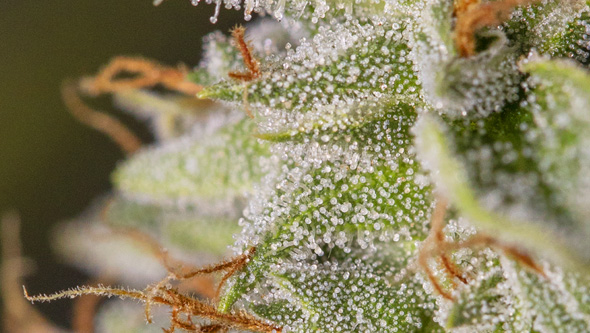
Cannabis Seeds Rich in THC, CBD, and CBG
We can establish that the traditional classification of cannabis as indica, sativa, or hybrid has become obsolete due to the evolution of the cannabis market and the breeding work of seed banks.
This traditional classification, which is based on morphology and effects, was suitable for the description of Landrace strains and the initial hybrids, but it has now become insufficient to describe the complexity and diversity of the effects, morphologies, and aromas that the different strains can provide.
Today there are different types of cannabis seeds that offer a wide range of cannabinoid profiles: from varieties with different THC/CBD ratios to CBG-rich strains. Science continues to discover the role and interaction mechanisms of cannabis molecules, and how terpenes and cannabinoids act in synergy, defining the effects of the strains in what is known as the “entourage effect”. Therefore, there’s the need for a more specific and nuanced classification system.
Route towards a Cannabis Classification System Based on Chemical Composition
Nowadays, marijuana strains offer a wide variety of cannabinoid and terpene profiles. Therefore, a new classification system could involve the categorization of cannabis strains according to their specific chemical profile.
This new system would help the consumer to predict the effects of the given genetics more accurately, and would facilitate choosing the strain according to their needs. Therefore, a proposal for the new classification of cannabis strains would be to divide them into categories according to their effects: relaxing, balanced, creative, with high psychoactivity, with no psychoactivity, etc.
Without a doubt, this new system should be based on the results of a laboratory compound analysis of each variety. It poses challenges, such as the implementation of new standardization and analysis systems, as well as the diffusion of information and user education on the chemical profiles of the different strains.
However, the adoption of a more accurate classification system, as well as new analysis and standardization processes, would contribute to improving the user’s safety and experience.
A benefit that could be applied to recreational cannabis but which would undoubtedly be imperative in the medical field. Did you like this article? Do you have any questions? Leave your comment and share it with our community.
La Huerta Grow Shop
